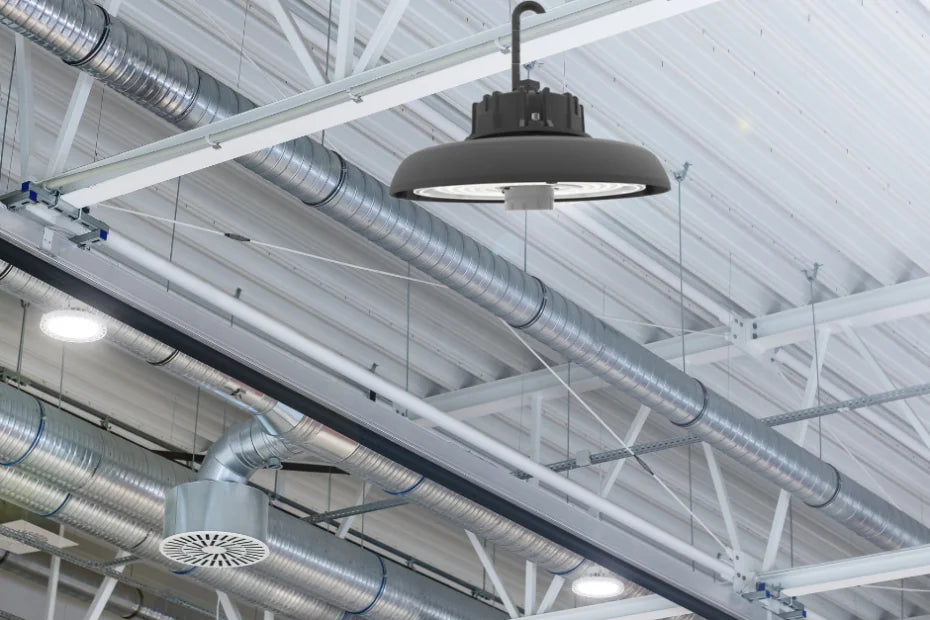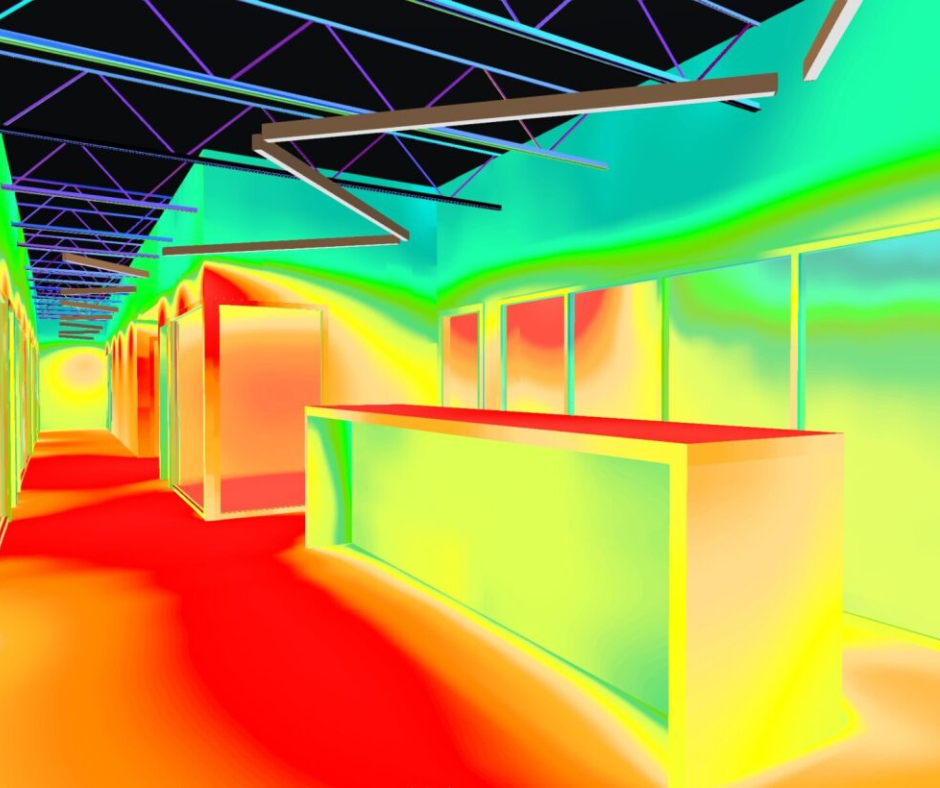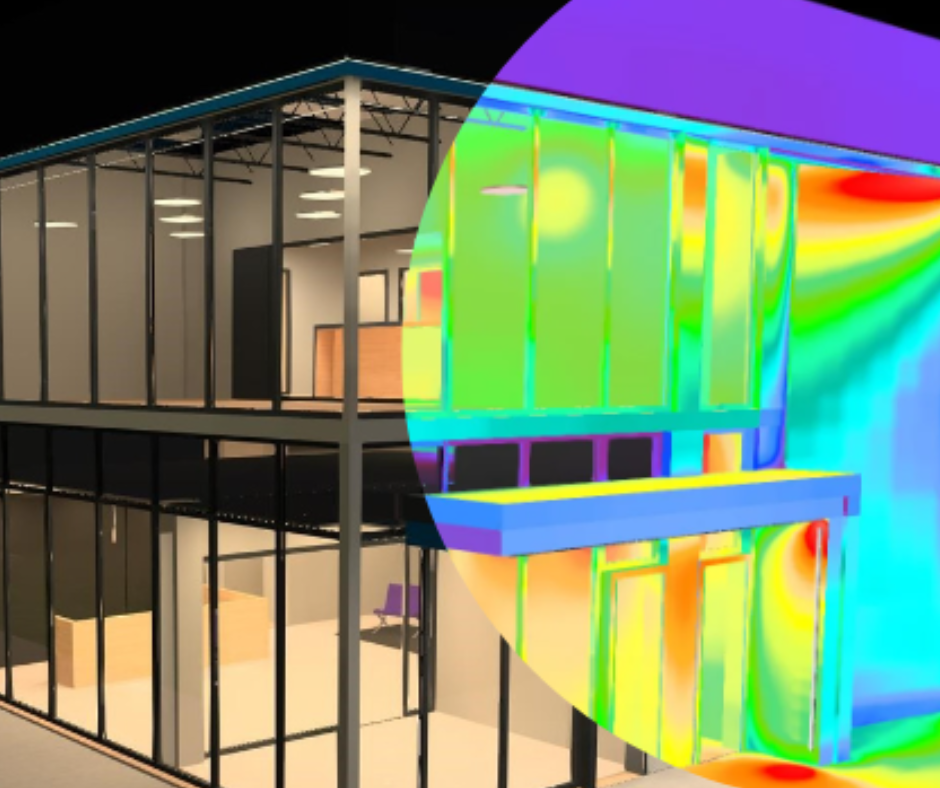Passive Infrared (PIR) sensors and Microwave (MW) sensors are both commonly used in lighting control. They can both detect moving objects, such as humans, but they operate quite differently. As a result, each type offers distinct advantages and disadvantages depending on the application.
In the market, PIR and MW sensors are often integrated with a photocell, resulting in two sensors combined into one.
What is a Passive Infrared (PIR) Sensor and How Does it Work?
Passive infrared (PIR) sensors detect infrared radiation emitted by warm objects within their range and field of view. These include various sources such as birds, mammals, and heat-generating machines like engines or motors. The sensor relies on the contrast between the infrared radiation emitted by a moving object and the background infrared radiation to detect movement.
In lighting control applications, a PIR sensor typically consists of three main components:
-
Fresnel Lens: The Fresnel lens collects and focuses infrared radiation onto the sensor. Its segmented design ensures that the sensor receives multiple beams of infrared radiation, each corresponding to a distinct segment of the field of view. The design of the Fresnel lens is crucial for determining the range and sensitivity of the sensor, tailored to its intended application.
-
Pyroelectric Sensor: Often called the "pyro," this analog device includes two detecting elements. One element produces a high voltage when exposed to infrared radiation, while the other produces a low voltage. Variations in the received infrared radiation cause shifts in the output voltage. The movement of an infrared-emitting object within the field of view results in fluctuating output voltages, indicating motion. Some lighting control PIR sensors use multiple pyros to enhance sensitivity.
-
Electronic Circuit and Software: The circuitry and software analyze the pyro’s output to determine whether the observed changes in infrared radiation indicate a moving person. Based on this analysis, the system decides whether to turn the lights on.
Together, these components enable PIR sensors to effectively detect movement and control lighting across various applications.
What is a Microwave (MW) Sensor and How Does it Work?
A microwave sensor operates as an active device, emitting subtle pulses of electromagnetic radiation that interact with objects within its detection range. By using the Doppler effect, the sensor analyzes the reflected radiation to detect any movement within its field of vision.
Just like sound waves change pitch when an ambulance moves toward or away from an observer, microwave radiation experiences frequency shifts when encountering moving objects. As illustrated, when an object approaches, the frequency of the microwaves increases (resulting in a higher pitch), and when the object moves away, the frequency decreases (lower pitch).
The Doppler effect affects not only sound waves but also light waves. When a light source moves toward an observer, the wavelength shortens and the frequency increases, and the opposite occurs when it moves away. Red light has a longer wavelength and lower frequency, while blue/violet light has a shorter wavelength and higher frequency.
Microwave sensors are advantageous for presence detection in lighting control because they operate with low-energy radiation, are imperceptible to humans, and remain silent.
In lighting control applications, any difference between emitted and received frequencies indicates movement within the detection zone. A higher received frequency suggests an object approaching the sensor, while a lower frequency indicates an object moving away.
Comparing Sensors: PIR vs MW
PIR and microwave technologies each have unique strengths and weaknesses, making them better suited for specific lighting control applications.
Here are important factors to consider before choosing a sensor type:
Ambient Temperature
PIR sensors require a temperature differential between the moving object and the background. Since the human body temperature is around 37°C (98.6°F), a PIR sensor’s ability to detect humans significantly decreases when the ambient temperature exceeds approximately 30°C (86°F). Therefore, PIRs are less effective in hot climates unless the space is air-conditioned.
Moving Objects
Microwave sensors tend to bounce off solid objects, which can cause false triggers from moving branches, blowing trash, or falling raindrops. As a result, in many outdoor scenarios where the goal is to detect human movement, microwave sensors are often not the preferred choice. Instead, PIR sensors are generally better suited due to their ability to accurately detect human presence while minimizing false triggers caused by non-human movements.
PIR sensors are sensitive to any heat source movement, which means they can be triggered by animals such as dogs and cats in addition to humans. While careful Fresnel lens design and software algorithms can mitigate false triggers, strategic sensor placement is also crucial. Some manufacturers provide shields to cover sections of the Fresnel lens, limiting detection to a narrower area and reducing the likelihood of false alarms.
Use Inside a Luminaire
In our linear and vapor-tight luminaires, the presence sensor is located behind the luminaire’s lens. This design makes installation easier and results in a cleaner look that’s simpler to maintain compared to wall- or ceiling-mounted sensors. However, PIR sensors cannot function behind any type of cover or diffuser, so microwave sensors must be used in such luminaires.
Line of Sight vs Seeing Around Corners
PIR sensors strictly require a line of sight to detect movement. In contrast, microwave signals can bounce around corners and return to the sensor. This makes microwave sensors particularly advantageous for applications like stairwells, where a sensor placed at the top and another at the bottom can control lighting for the entire area. Even if someone enters at an intermediate level, the bouncing microwaves allow detection and trigger the lights accordingly.
Functioning Through Walls and Windows
PIR technology does not detect movement through walls or windows, while microwaves can (depending on the sensor's power and sensitivity). Carefully consider the technology and placement of all sensors in offices with adjacent corridors or similar layouts.
Feel free to contact us if you need advice on choosing the optimal technology for your lighting needs.
Our indoor and outdoor luminaires are either ready for presence sensors or already equipped with them.
We’re here to help you make informed decisions that best suit your specific needs.





